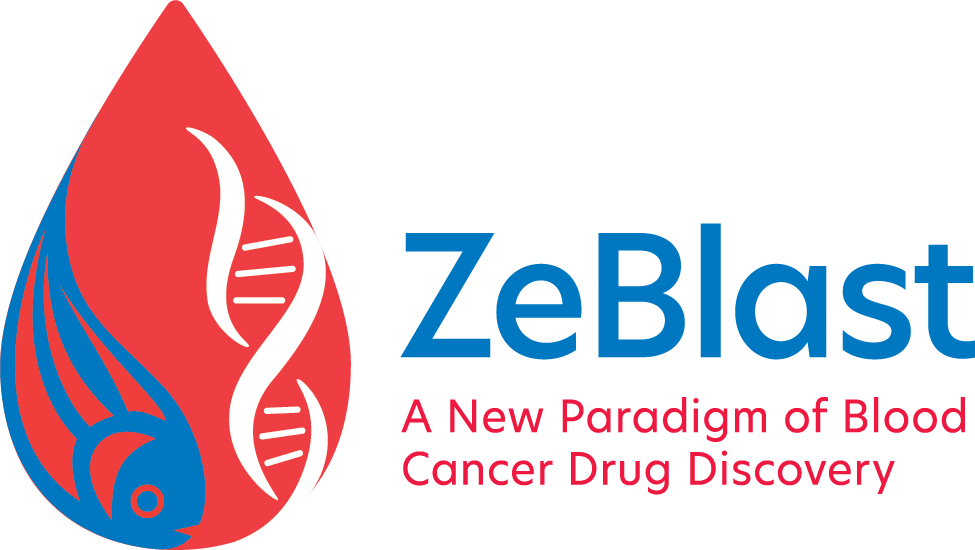Transgenic IDH2R172K and IDH2R140Q zebrafish models recapitulated features of human acute myeloid leukemia
Author: Dandan Wang 1, Lichuan Zheng 1, Bowie Yik Ling Cheng 1, Chun-Fung Sin 2, Runsheng Li 3, Sze Pui Tsui 2, Xinyu Yi 4, Alvin Chun Hang Ma 5, Bai Liang He 6, Anskar Yu Hung Leung 7, Xuan Sun 8
Abstract
Isocitrate dehydrogenase 2 (IDH2) mutations occur in more than 15% of cytogenetically normal acute myeloid leukemia (CN-AML) but comparative studies of their roles in leukemogenesis have been scarce. We generated zebrafish models of IDH2R172K and IDH2R140Q AML and reported their pathologic, functional and transcriptomic features and therapeutic responses to target therapies. Transgenic embryos co-expressing FLT3ITD and IDH2 mutations showed accentuation of myelopoiesis. As these embryos were raised to adulthood, full-blown leukemia ensued with multi-lineage dysplasia, increase in myeloblasts and marrow cellularity and splenomegaly. The leukemia cells were transplantable into primary and secondary recipients and resulted in more aggressive disease. Tg(Runx1:FLT3ITDIDH2R172K) but not Tg(Runx1:FLT3ITDIDH2R140Q) zebrafish showed an increase in T-cell development at embryonic and adult stages. Single-cell transcriptomic analysis revealed increased myeloid skewing, differentiation blockade and enrichment of leukemia-associated gene signatures in both zebrafish models. Tg(Runx1:FLT3ITDIDH2R172K) but not Tg(Runx1:FLT3ITDIDH2R140Q) zebrafish showed an increase in interferon signals at the adult stage. Leukemic phenotypes in both zebrafish could be ameliorated by quizartinib and enasidenib. In conclusion, the zebrafish models of IDH2 mutated AML recapitulated the morphologic, clinical, functional and transcriptomic characteristics of human diseases, and provided the prototype for developing zebrafish leukemia models of other genotypes that would become a platform for high throughput drug screening.
